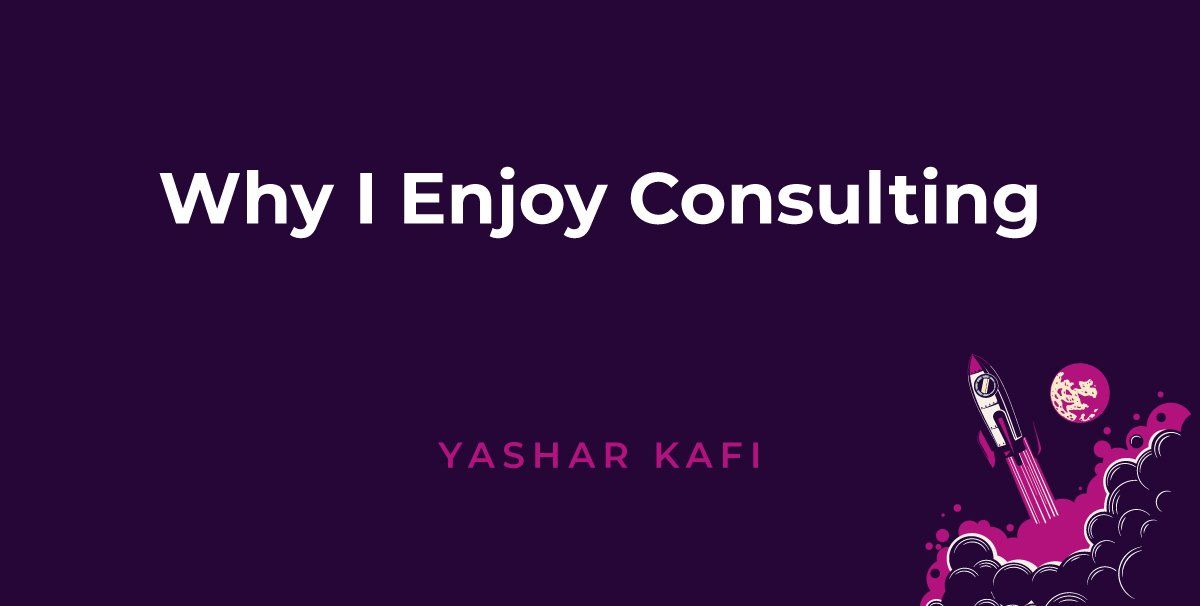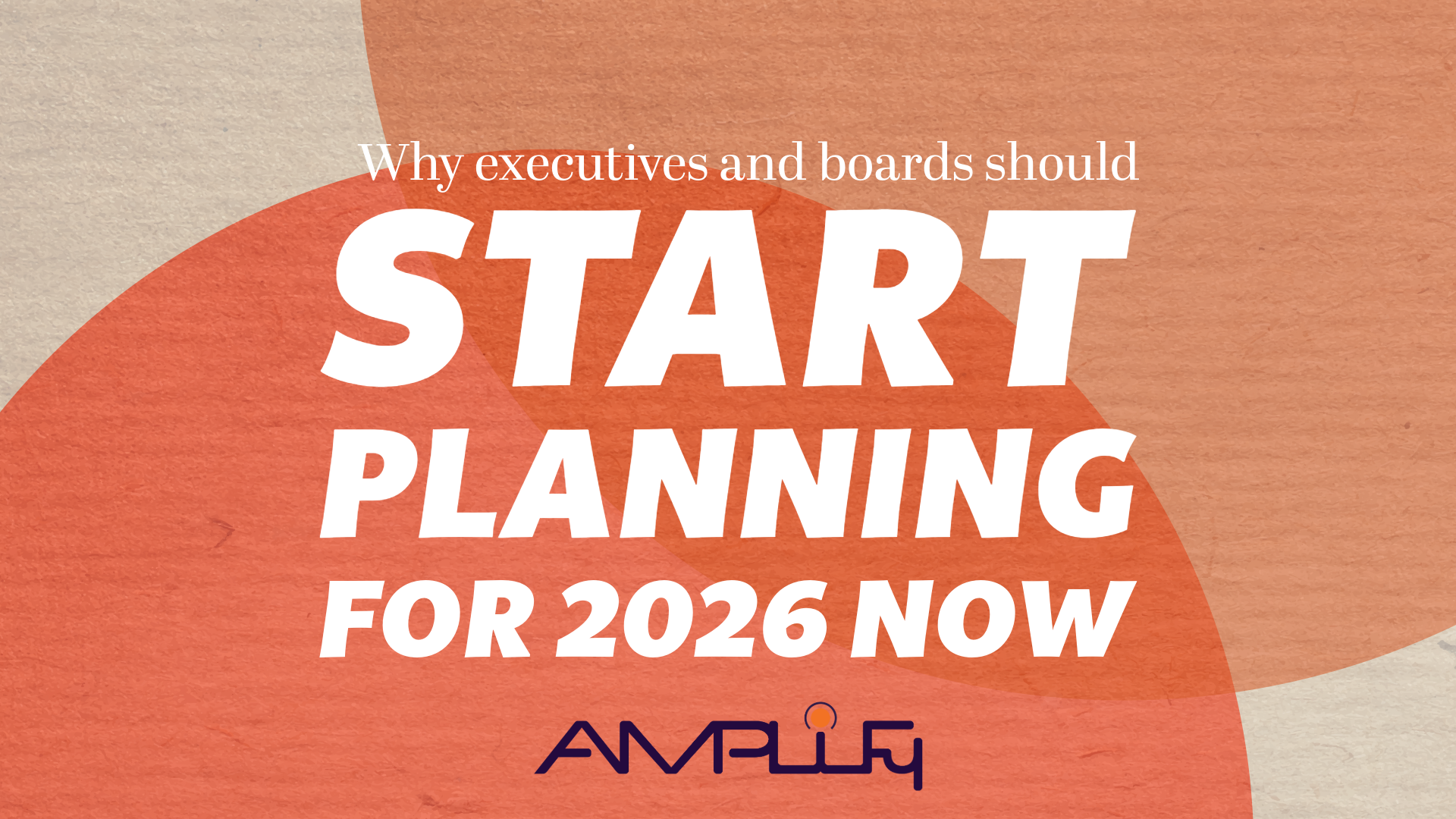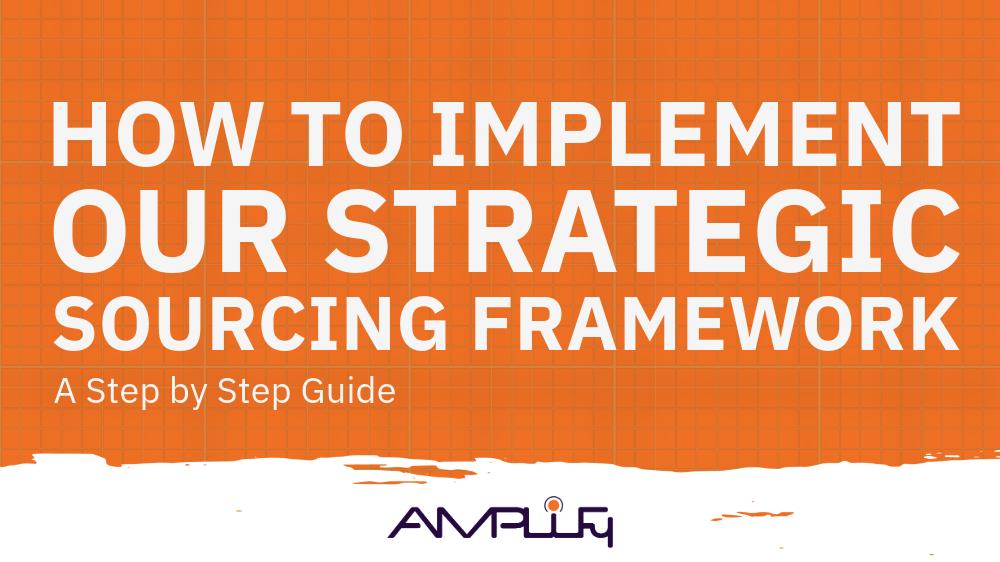Why Do I Enjoy Helping Companies?
When I first thought about writing an article about the value of trust in consulting, the metaphor that immediately came to mind was the relationship triangle between parents, their children, and the family’s chosen childcare worker. Now, go with me on this, because it is spot-on.
In this scenario, I (the consultant) am the childcare worker you (business owner) are hiring to take care of your most cherished treasure: your child (business). I know I am not at all off base when I assume that the screening process for hiring a childcare worker to look after your baby is extensive and that whoever you decide to hire will be thoroughly vetted and must first earn your absolute trust to get the gig.
Consulting is no different. Businesses hire me to help them tend to their “babies” every day, and doing so requires a huge amount of trust in me as their consultant. It is honestly one of the things that I love the most about my job. It fills me will joy and I feel honored to have earned—and daily earn—such trust that my clients would allow me to care for, nurture, and guide them in the life of their businesses. Now let’s explore a bit more in-depth why trust is so important in consulting.
The Value of Trust in Consulting
I won’t mince words: Trust is not only important in the consulting industry, it is the core factor and key foundation that makes or breaks any working relationship. Whether or not you can effectively establish a strong trust bond with your client as a consultant is the difference between getting the job or being passed over for another consultant who can.
Why? Because now more than ever, trust is in short supply, it seems—and it has never been more in demand in times of such uncertainty, change, and global upheaval. Moreover, according to data revealed by consultancy.uk, trust is cited as one of the main reasons clients hire consultants. On that same note, the lack of trust—be it due to deeming a firm or consultant as unprincipled or otherwise untrustworthy—is the reason clients do not hire.
Case in point: How a consultant is perceived by a client is crucial as to whether or not they will be the preferred choice. After all, just as we mentioned in the beginning, you wouldn’t hire just anyone to take care of your baby, would you? Businesses are no different.
What is Trust?
With all this talk of the importance of trust, I would be remiss without really defining it for you. So, what is trust, exactly? I like Merriam Webster’s definition, which states that trust is the “assured reliance on the character, ability, strength, or truth of someone or something.” When I frame that in a consultancy relationship, I see that as the client having the peace of mind and confidence in your ability as their consultant and guide. Their hiring you should show that they believe you are capable of accomplishing (and will accomplish) the job/task they have hired you to do.
How Can Trusted Advisors Benefit Your Organization?
Let’s talk about reputation. It’s not just a (pretty dang good) Taylor Swift album, but instead, it is the bedrock of what makes a consultant a trusted advisor. What exactly is a trusted advisor? It’s an individual who has put in the hard work to build a relationship (read: a good reputation) with a customer that extends (far) beyond a project transaction.
Trusted advisors are the ones clients ask for by name, whether it’s because they have worked with them before, or have heard glowing reviews of the service they have given other clients. Why? Because word of mouth has always been a powerful thing, mainly because it is taking the word (trusting the opinion and experience) of someone we know and trust that also knows and trusts the advisor/consultant.
You will be amazed at how simply building trust—becoming a trusted advisor—will become the gift that keeps on giving when it comes to referrals, rehires, and beyond. The way I see it is that oftentimes, rather than approaching the consulting business itself for help, clients will often seek advice from a named individual (trusted advisor) because they already trust in and value the advice that they know will be provided—because it has been proven before, repeatedly.
How To Build Trust at Work
You’ve most likely heard the saying, “Don’t be shady.” Well, it’s true in life and in consulting. Nobody likes to feel as if they are dealing with a person they cannot fully trust to be upfront and honest with them at every turn.
Speaking for myself, the minute I start to see iffy, opaque behavior from any person in my life, I am out. The same applies to any relationship in the professional realm, including consulting.
For this reason, absolute transparency is key, as are a few other things:
*Keep the client as the focus: Assure your client that you know that it's about them, not you. If they can feel that assurance that you genuinely care about them and their needs— and aren’t just looking at how you will benefit from their business—you will be amazed at how much trust abounds.
*Listen: Like letting the client know you care, you need to actively listen to their needs and desires. It sounds simple, but you would be surprised at how many consultants miss the mark with this and end up ruining the relationship and destroying trust.
*Follow through: In a nutshell, don’t just say what you will do. Do what you say! Pretty talk may get you hired, but following through and delivering is what earns the real trust—and repeat business and referrals—of a client.
*Be consistent and clear: This powerful duo cannot be underestimated. It is a huge trust builder when a client can know exactly what to expect every time they work with you, from day one.
If you remember nothing else, think of helping, honestly. When you can show a client that you genuinely want to help them and are committed to doing so in a completely transparent and honest manner every step of the way, you will earn their trust.
To learn more, book time with us. Trust me, you won’t regret it.




